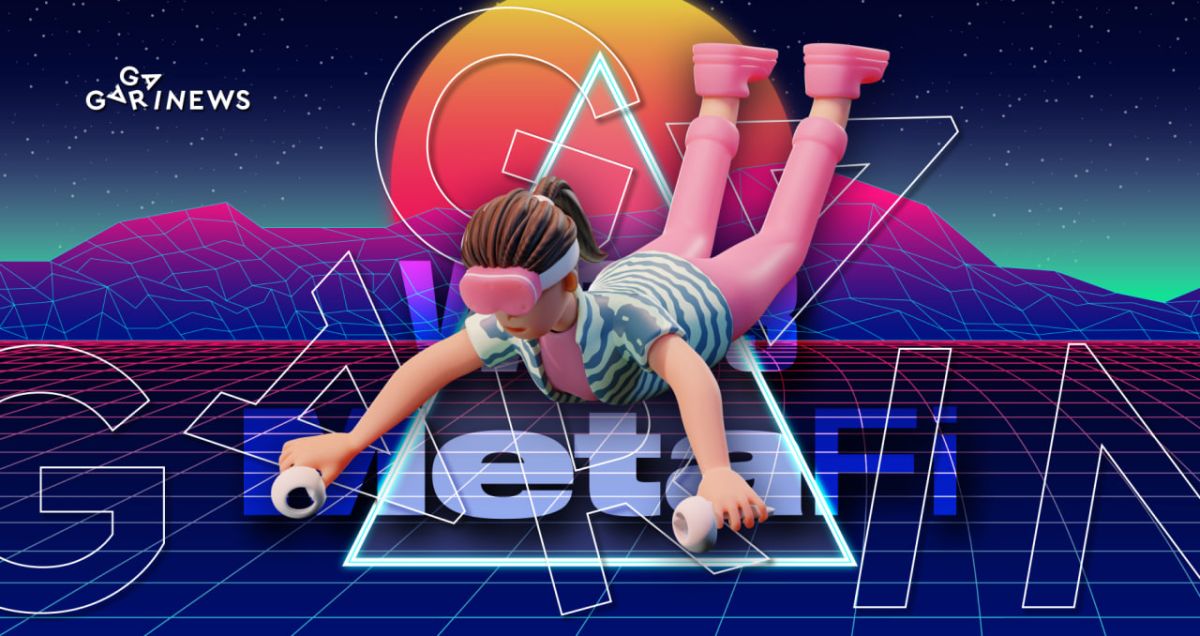MetaFi concept. How to enhance the Web3 projects compatibility?

MetaFi is a groundbreaking concept that aims to create a unified Web3 infrastructure using standardized blockchain metadata. The goal is to enhance the compatibility of digital assets and revolutionize the way we interact with them.
MetaFi is a term that combines two concepts: metadata and decentralized finance. The idea is that by developing a unified financial architecture, user interaction in the Web3 space will be simplified, and blockchains will be standardized to facilitate the transition of traditional Web2 products (such as social networks, browsers, and other dominant applications) to them. Ultimately, MetaFi aims to create a global digital economy.
The concept proposes the development of metadata standards to enable interoperability between cryptocurrencies, metaverses, NFTs, blockchain games, and other Web3 products within a single ecosystem.
The core concept of MetaFi is to introduce a common set of requirements for describing data that can be applied across any blockchain. This would enable the unification of assets launched on different networks and software systems into a single environment.
Metadata: What is it?
Metadata is a type of information that describes other data. It provides details about the properties and attributes of an object, making it unique from other similar objects. This information can be used to describe a web page, a file, a document, or any other type of object. In the context of blockchain transactions, metadata includes information such as the date, time of execution, and hash value. By providing a standardized way to describe data, metadata simplifies the management of large amounts of information.
In the context of NFTs, metadata can include information such as the name, description, image characteristics, and other details that identify a non-fungible token among others.
By implementing a standardized metadata protocol applicable across different blockchains, crypto assets will become automatically compatible.
Examples of MetaFi in action
MetaFi enables the creation of transactions using both regular tokens and NFTs, or the fractionalization of NFTs to transfer portions onto DeFi lending platforms.
Another example is a standardized marketplace that aggregates all existing NFT platforms, supporting various types of those tokens across different blockchains. Such a platform, with a unified interface, could greatly simplify tasks like buying, selling, and creating unique digital certificates, making them more convenient for users.
The concept also has implications for the metaverse. With MetaFi, players will be able to freely move from one virtual world to another, taking their characters, items, in-game tokens, and avatars with them. This would enable interoperability across multiple metaverse platforms, creating a seamless experience for users.
What challenges does MetaFi face?
While the concept of MetaFi may seem straightforward with the provided examples, its technical implementation is limited by the capabilities of software and hardware. Creating a unified metadata standard and a global Web3 economic infrastructure is a challenging process for developers.
Bringing MetaFi to life would require advanced equipment, highly scalable blockchains with low fees and high throughput, as well as advanced cybersecurity measures.
Another significant challenge is blockchain compatibility, which cannot be achieved solely through standardized metadata. Therefore, companies will have to work independently on their networks to ensure that their decentralized applications can easily “communicate” with other platforms.
As the industry continues to evolve, more and more interoperable projects may emerge, making it easier for digital assets to move across multiple blockchains. After all, compatibility is the key to convenience.
The content on The Coinomist is for informational purposes only and should not be interpreted as financial advice. While we strive to provide accurate and up-to-date information, we do not guarantee the accuracy, completeness, or reliability of any content. Neither we accept liability for any errors or omissions in the information provided or for any financial losses incurred as a result of relying on this information. Actions based on this content are at your own risk. Always do your own research and consult a professional. See our Terms, Privacy Policy, and Disclaimers for more details.


























